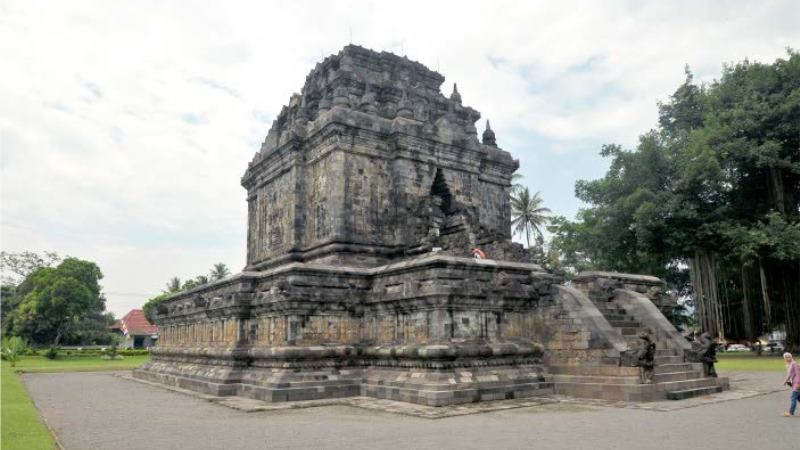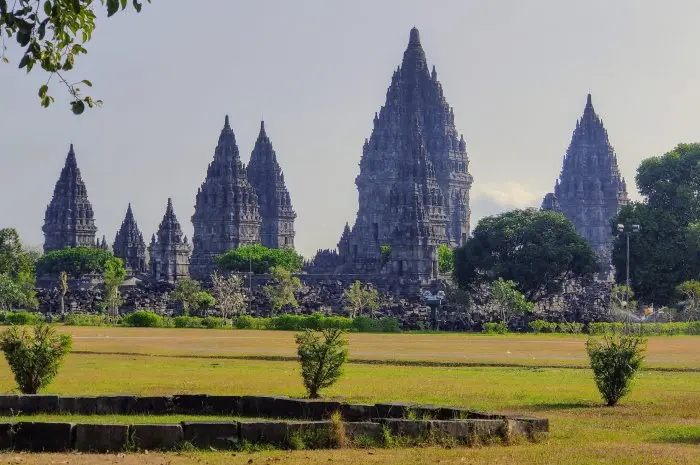Indonesia, a land rich in culture and history, is home to numerous temples that bear witness to the country’s deep spiritual and architectural heritage. Among these temples, Mendut Temple stands as a testament to Indonesia’s rich cultural past and religious diversity. In this article, we will delve into the history, address, and architecture of Mendut Temple, shedding light on its significance in the country’s history.
History of Mendut Temple
Mendut Temple, locally known as “Candi Mendut,” is a 9th-century Buddhist temple located near the town of Mendut in Central Java, Indonesia. It is one of the oldest and most historically significant temples in the region. The temple was built during the reign of King Indra of the Sailendra dynasty, which also constructed the nearby Borobudur Temple.
Spiritual Significance
Candi Mendut is not just an architectural marvel; it holds immense spiritual significance. The temple was dedicated to Lord Buddha, specifically to the bodhisattva Avalokitesvara, who represents compassion. The temple’s primary purpose was to serve as a place of worship and meditation for Buddhist monks and pilgrims.
Address and Location
Mendut Temple is strategically located in close proximity to Borobudur Temple, another UNESCO World Heritage Site. The temple’s address is as follows:
- Mendut Temple
- Mendut Village
- Mungkid District
- Magelang Regency
- Central Java
- Indonesia
The temple’s location in Central Java makes it accessible to visitors exploring the cultural and historical treasures of the region.
Architectural Marvel
Mendut Temple’s architecture is a remarkable example of Indonesian Buddhist temple design. The temple is constructed in a classic pyramid shape, with a square base and three tiers. The temple’s stone walls are adorned with intricate carvings and reliefs that depict various scenes from Buddhist cosmology and Jataka tales, which narrate the previous lives of Siddhartha Gautama before he became the Buddha.
One of the most notable features of Mendut Temple is its impressive stone statues. The temple’s main chamber houses three large statues. The central statue portrays the bodhisattva Avalokitesvara, while the statues on either side represent Bodhisattva Vajrapani and Bodhisattva Padmapani. These statues are revered by Buddhists and add to the temple’s spiritual ambiance.
Restoration and Conservation
Over the centuries, Mendut Temple experienced damage and decay, but extensive restoration efforts have preserved its historical and architectural integrity. The Indonesian government, along with international organizations and experts, has played a crucial role in the temple’s restoration and ongoing conservation.
Visiting Mendut Temple
Mendut Temple is open to visitors, and its serene ambiance makes it an ideal place for spiritual contemplation and cultural exploration. When visiting the temple, it is advisable to respect the rules and guidelines set by the authorities to preserve this cultural treasure for future generations.
Conclusion
Mendut Temple, with its rich history, spiritual significance and stunning architecture, is a must-visit destination for travelers exploring the wonders of Indonesian culture and history. It stands as a symbol of the country’s deep-rooted spiritual heritage and serves as a reminder of the enduring legacy of Buddhism in the region. A visit to Wisata di Kulon Progo offers an immersive experience that transcends time, providing insight into the spiritual wonders and architecture of ancient Indonesia.




